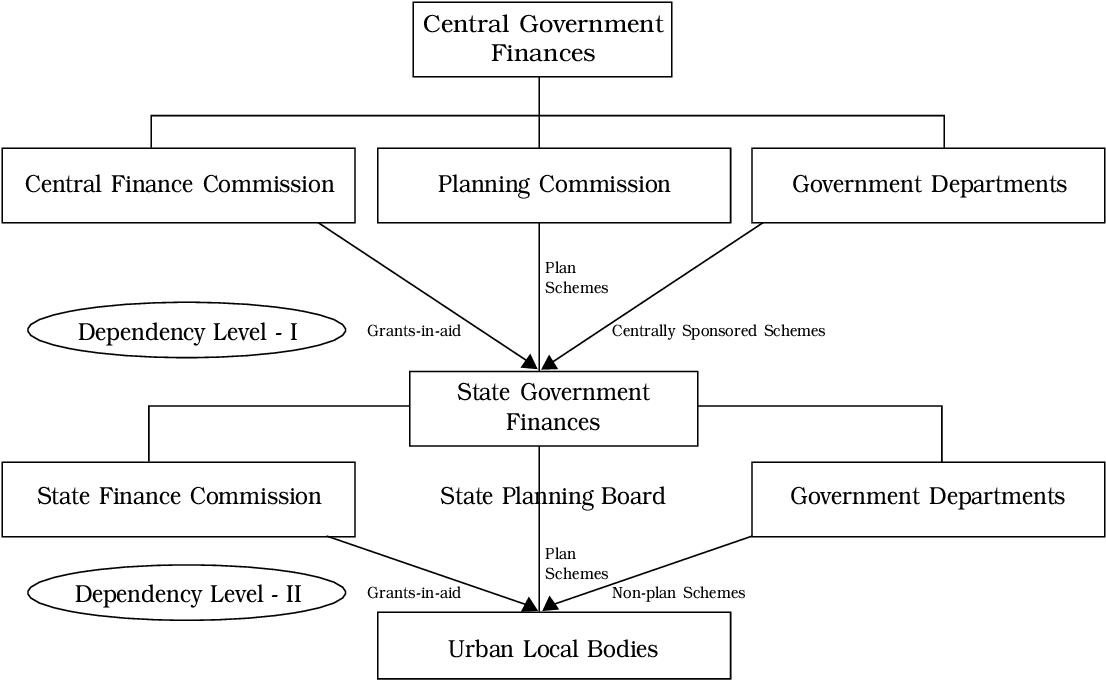7667766266
enquiry@shankarias.in
A recent report on urban financing for India is another case of a top down approach that is over dependent on technocentric solutions and capital-intensive technologies.

The 74th Amendment Act of 1992 provides a basic framework of decentralisation of powers and authorities to the Municipal bodies at different levels.
Quick facts
Reference